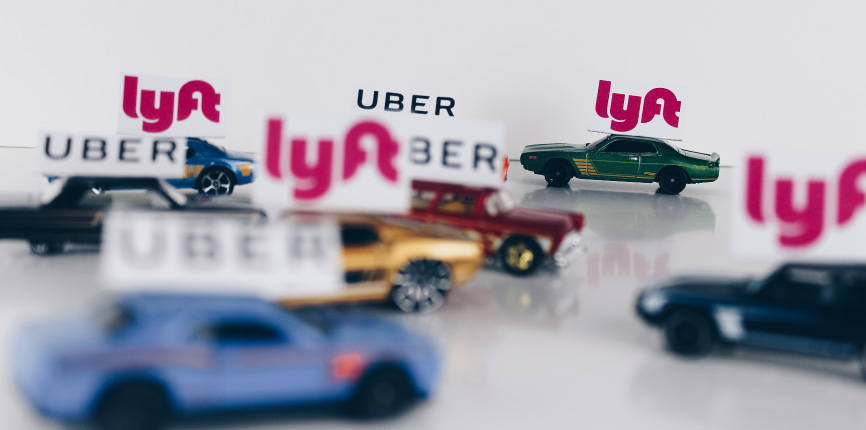Drivers of Supplier Participation in Ride-Hailing Platforms

Featured Faculty Research
Based on work by Soo Jeong Hong, Johannes Bauer (Michigan State Univ.), Kwangjin Lee,
and Nelson Granados
Succinctly, what phenomena did your study analyze and what was the objective of your study?
We examined how flexibility and security of working conditions and information features that are available only on a digital platform affect the willingness of ride-hailing service suppliers to work with a ride-hailing platform.
Ride-hailing companies currently treat drivers as independent contractors rather than as traditional employees, refusing to follow a new state law, Assembly Bill 5, effective in 2020, which classifies drivers as employees not independent contractors. While the independent contractor model provides drivers with a high level of flexibility, to make choices on when, where, and for how long they engage in work-related tasks, financial security in ride-hailing is lower than permanent jobs. The low security of ride-hailing has become a major source of conflicts not only between companies and government but also between companies and drivers. Uber and Lyft drivers have protested to demand better financial security, and approximately 50% Uber drivers have left Uber within 1 year.
In an effort to alleviate concerns about drivers’ working conditions and improve stability and predictability of supply of ride-hailing services from ride-hailing firm perspectives, this study suggested a menu of contract options that are composed of a different set of working conditions and information features as novel tools.
What would you say are the three most important findings of your study? Could you provide a short explanation for each and any examples to support them?
First, we found that the utility and willingness of drivers to work for ride-hailing platforms generally increase when the ride-hailing company provides a minimum wage guarantee, a company-sponsored benefit plan, and information features that protect drivers’ privacy and allow them to screen for undesired passengers. These attributes were important enough for drivers so that they are willing to sacrifice scheduling flexibility by committing to minimum working hours in exchange for those attributes.
Second, drivers' preferences for working conditions and information features vary depending on their current degree of engagement in ride-hailing service provision. For example, inactive drivers are more willing to trade flexibility for financial security and place less value on the information feature which protects their privacy than active drivers.
Third, we also analyzed how characteristics of drivers’ other jobs affect the willingness of suppliers to work with the platform. For drivers with a primary job or jobs other than ride-hailing, the perception of working conditions in their primary job affects their willingness to restart ride-hailing services. In general, the lower the perceived flexibility and security of the primary job, the more probable it is for inactive drivers to restart ride-hailing.
What are the implications of your study for the future of ride-hailing services?
This study informs the strategies of platform companies that must overcome supplier dissatisfaction with contract conditions or concerns about the fairness of the distribution of profits. Findings imply that offering a menu of contract options could provide novel tools for ride-hailing companies to improve the stability and predictability of supply. It may also alleviate some of the concerns about driver working conditions that have led to increasing calls for the regulation of ride-hailing services to protect drivers.
Lastly, what are some generalizable application points from your study for managers and organizations?
The implications of this study regarding working conditions and information attributes may also extend to other sharing economy platforms that might have conflicts over service suppliers' work conditions and wish to grow and sustain supply for their services. The way to make a work contract in the sharing economy is different from the contracts in the traditional labor market. Sharing economy platform designers may be able to tailor platform features to cater to their preferred suppliers, and the key will be to be able to identify what their preferences are, as we have done in this study in the context of ride-hailing.
Stay Connected with the Center for Applied Research Bimonthly Newsletter
Read our bimonthly newsletter to stay up to date on current faculty research, including the latest publications, conferences, and honors, as well as helpful tips on research.